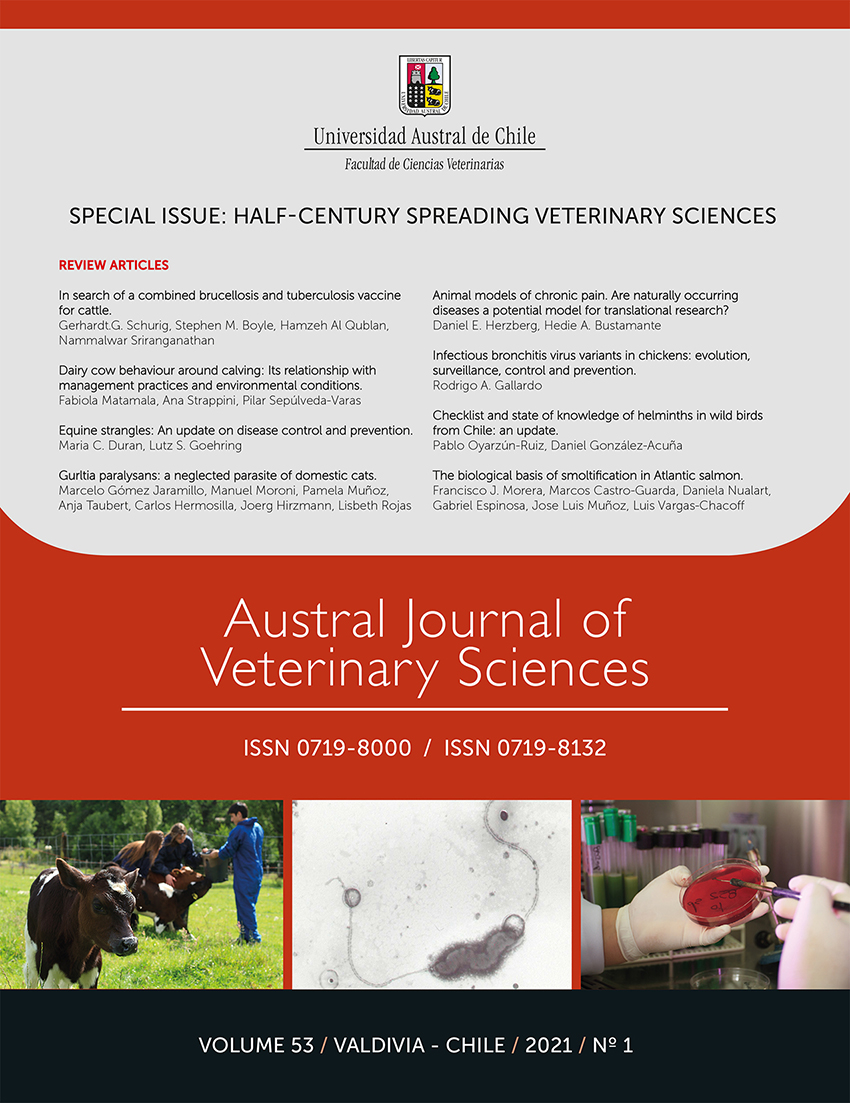Animal models of chronic pain. Are naturally occurring diseases a potential model for translational research?
Contenido principal del artículo
Resumen
Despite the vast amount of molecular data obtained from classical pain studies, there is an ongoing translational pain model crisis reflected by the reduced amount of new effective and safe compounds developed to treat chronic pain in humans. Naturally occurring chronic pain in animals may offer some advantages over induced models of chronic pain, including a natural development of the condition that induces pain, the heterogenicity of the population that affects, and the chronologic age in which they develop, among others. The identification and study of naturally occurring painful diseases that resemble a particular chronic painful condition in humans has been proposed as a potential tool to investigate the molecular mechanisms and thus, accelerating drug development at the preclinical and clinical level. Currently, certain types of chronic pain in companion and large animals have gained attention as potential translational models of chronic pain. Examples of these include canine and feline osteoarthritis, neoplastic diseases as osteosarcoma and bovine and equine lameness. The present review describes the limitations of animal models of chronic pain and briefly enters in how naturally occurring pain models could represent a translational approach to chronic pain.

